Vitamins and Vitamers
There are 14 essential vitamins that your body needs to function as it should — vitamins A, C, D, E, and K; the B vitamins (B1, B2, B3, B5, B6, B7, B9, and B12); and choline (1). Each vitamin consists of several related forms known as vitamers. Some vitamins have only a few vitamers, while other vitamins have many. Every vitamer in a vitamin family has the same core functions but also has its own unique features and benefits.
Vitamers within a vitamin family can differ from each other in a variety of ways. Some forms of a vitamin might be more bioavailable than others or might follow slightly different pathways during metabolism, leading to subtly different health benefits.
For example, nicotinic acid and nicotinamide are two vitamers of vitamin B3. Both forms of vitamin B3 have the same essential functions in the body: helping to release energy from food, acting as a coenzyme in cellular metabolism, serving as an antioxidant, and contributing to the normal process of copying and maintaining DNA in cells (2).
Although they both share the same core functions of vitamin B3, these two vitamers also have subtly different properties. Nicotinic acid offers unique benefits for heart health but also has the potential to cause an uncomfortable niacin flush reaction in sensitive people. Nicotinamide, on the other hand, doesn’t cause a niacin flush reaction (2).
Vitamers in Natural Foods
Natural foods provide vitamins as a diverse array of vitamers. A varied diet that includes many different fruits and vegetables, whole grains, and lean proteins delivers nutrients in their naturally occurring forms, including the full spectrum of vitamers. Getting a greater diversity of vitamers helps ensure you receive the benefits of the different forms of each vitamin.
When vitamins are added to foods, they are generally added as only a single, purified vitamer. While this approach has its own benefits, it can substantially reduce the diversity of nutrients in a typical diet.
For instance, vitamin E is commonly added to foods as vitamin E acetate (alpha-tocopherol acetate). This vitamer of vitamin E is very stable and effective at protecting foods from rancidity. While most fortified foods supply only one form of vitamin E, there are at least eight naturally occurring vitamers of vitamin E divided into two main groups — tocopherols and tocotrienols (3).
These naturally occurring vitamers offer a variety of benefits. Alpha-tocopherol is the most active form of vitamin E in the body, while the tocotrienols offer the most potent antioxidant benefits. All eight naturally occurring vitamers of vitamin E can be found in various plant-based foods (3).
In nature, vitamins exist as families of related vitamers. Each vitamer in a vitamin family shares the same essential functions in the body but also has unique properties of its own. The variety of vitamers that occur naturally in fruits, vegetables, and other whole foods provide a diverse array of nutritional benefits.
References
- Institute of Medicine. 2006. Dietary Reference Intakes: The Essential Guide to Nutrient Requirements. Washington, DC: The National Academies Press. https://doi.org/10.17226/11537.
- Institute of Medicine (US) Standing Committee on the Scientific Evaluation of Dietary Reference Intakes and its Panel on Folate, Other B Vitamins, and Choline. Dietary Reference Intakes for Thiamin, Riboflavin, Niacin, Vitamin B6, Folate, Vitamin B12, Pantothenic Acid, Biotin, and Choline. Washington (DC): National Academies Press (US); 1998.
- Institute of Medicine (US) Panel on Dietary Antioxidants and Related Compounds. Dietary Reference Intakes for Vitamin C, Vitamin E, Selenium, and Carotenoids. Washington (DC): National Academies Press (US); 2000.
| A complete meal sourced from nutrient-rich superfoods and made fresh every day — all without a trip to the store? Impossible? Nope. We just call it Whole Blend. The vitamins and minerals from your favorite veggies just moved in together. Produce aisle, meet shake canister. Update: They let the high-quality whey protein move in, too.
|

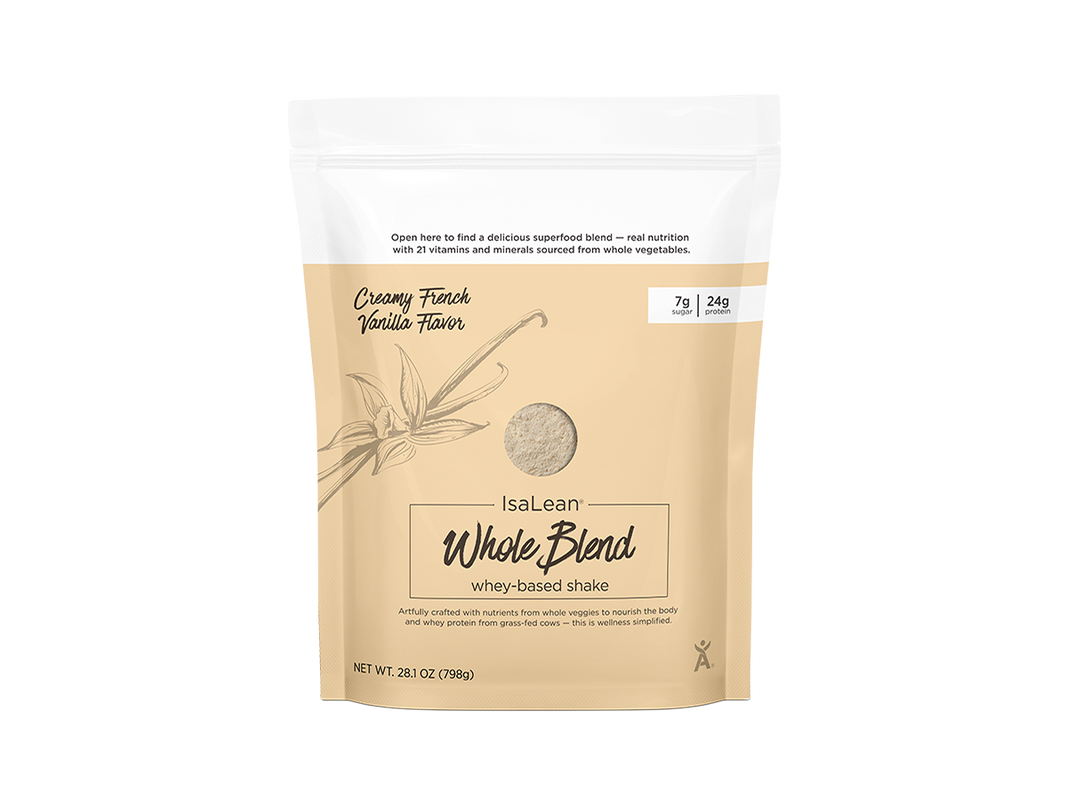

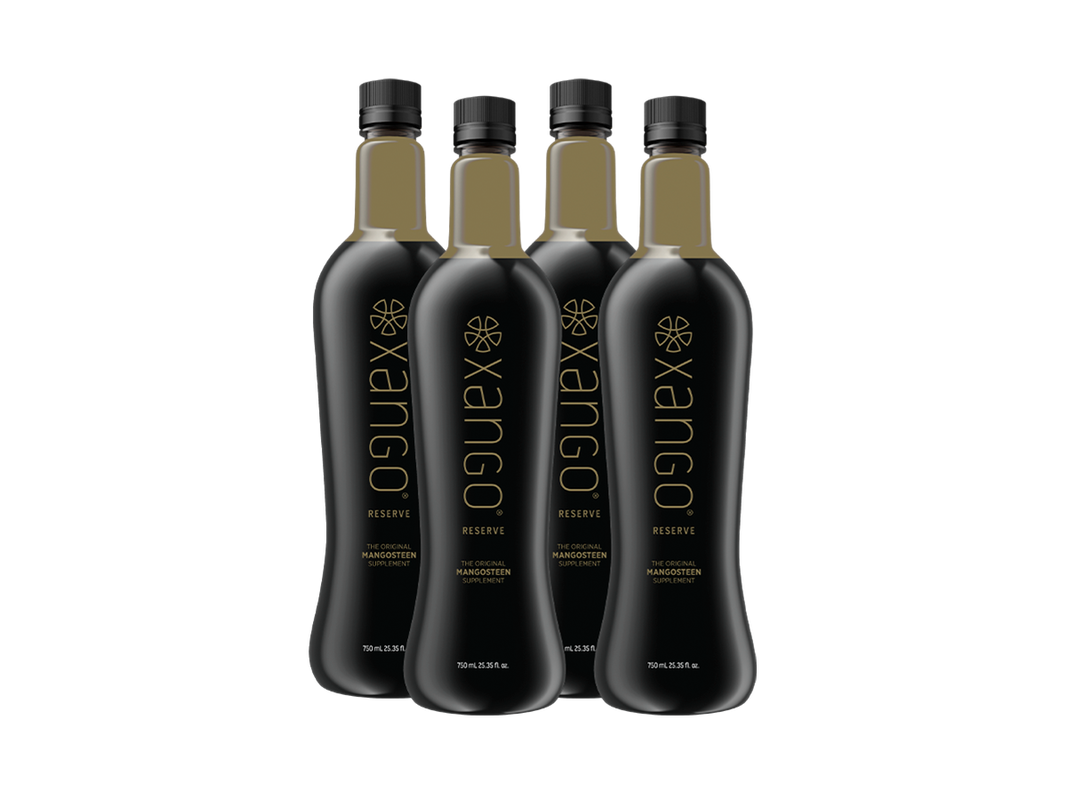
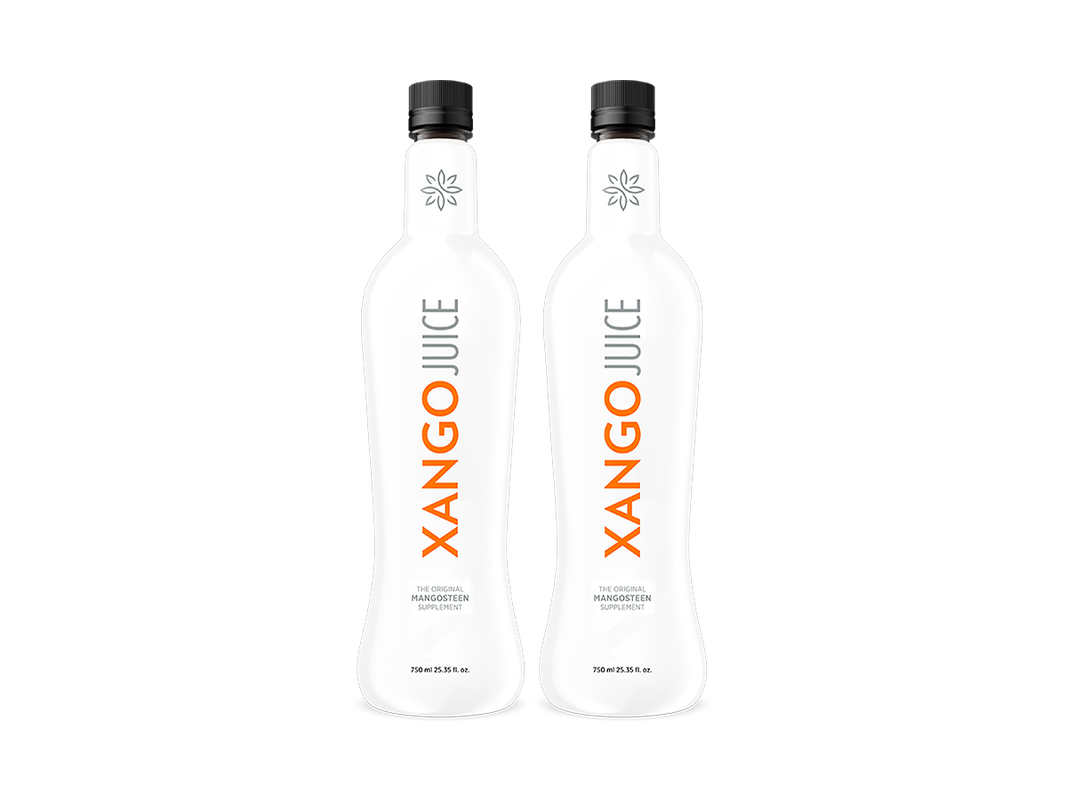

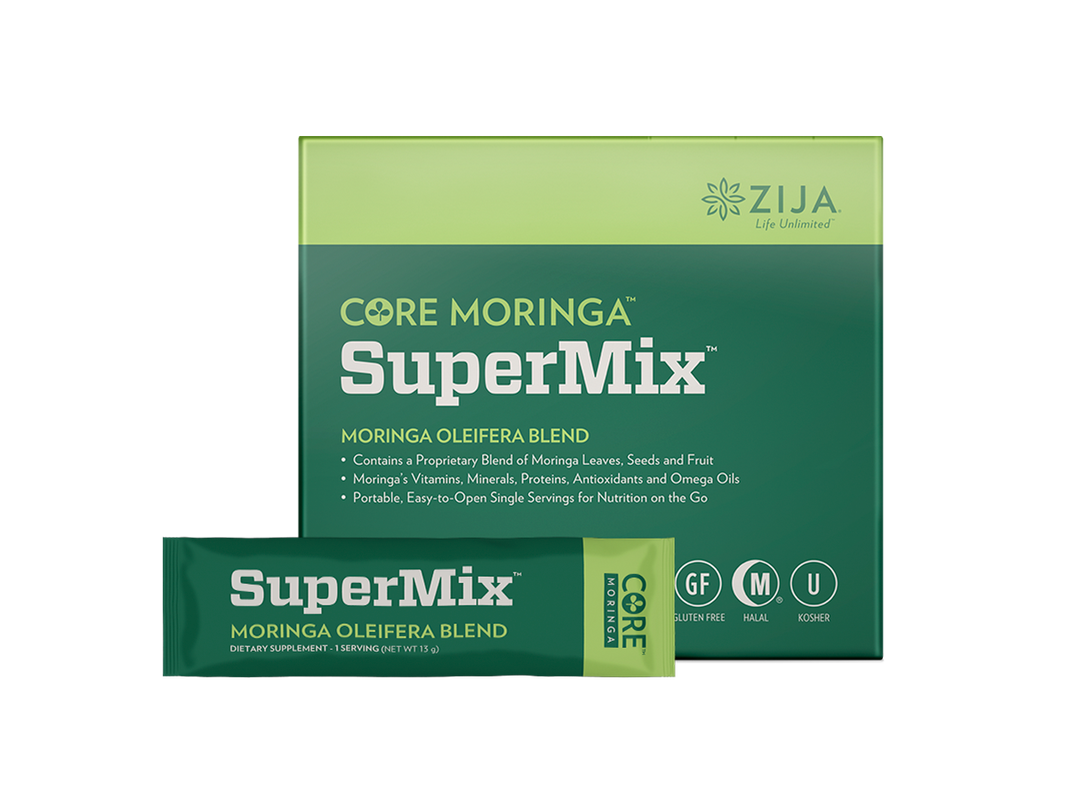
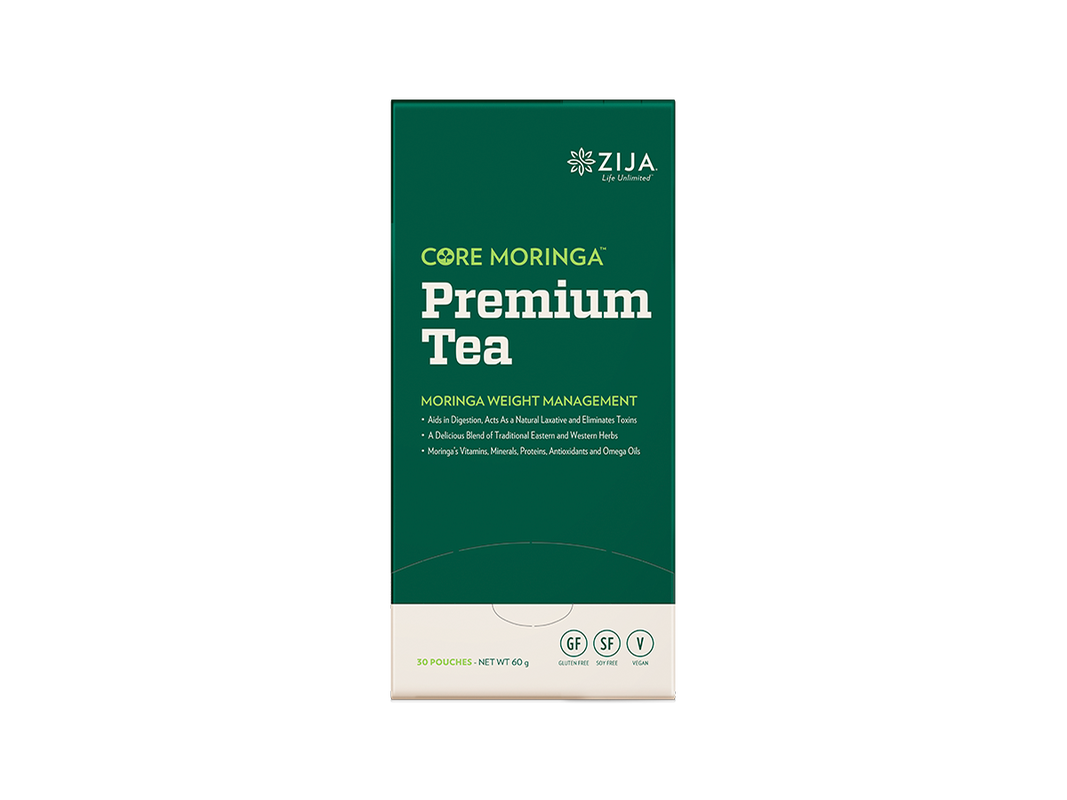
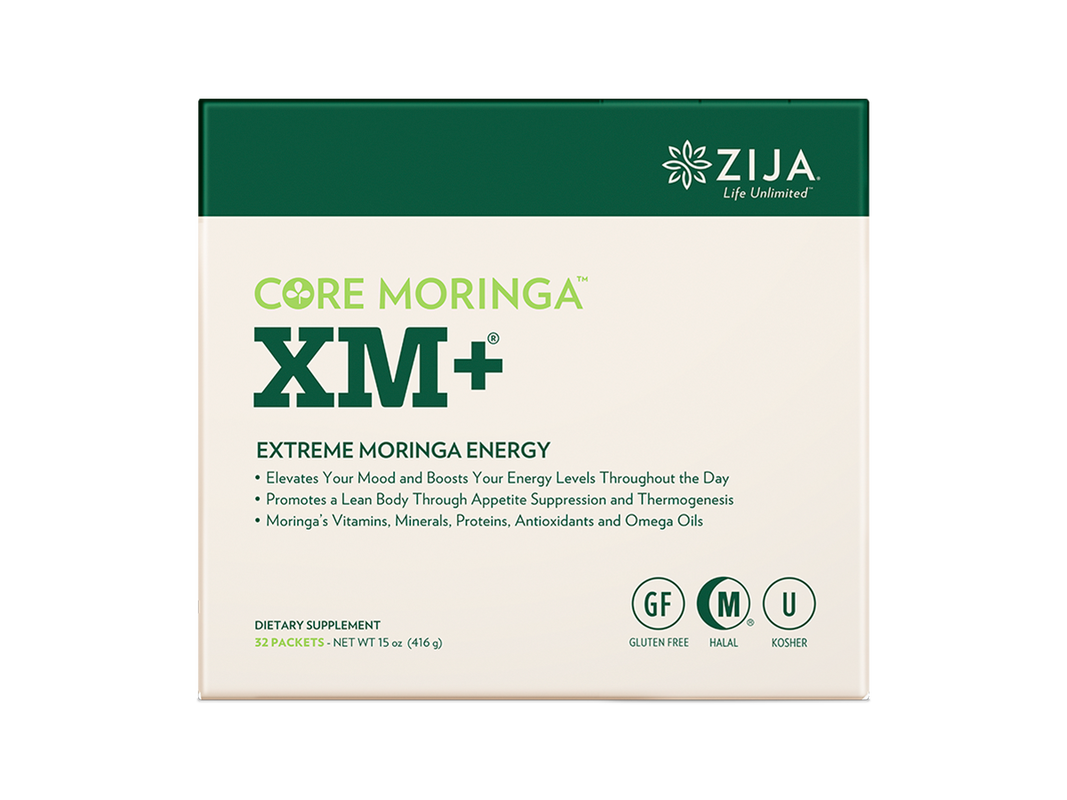
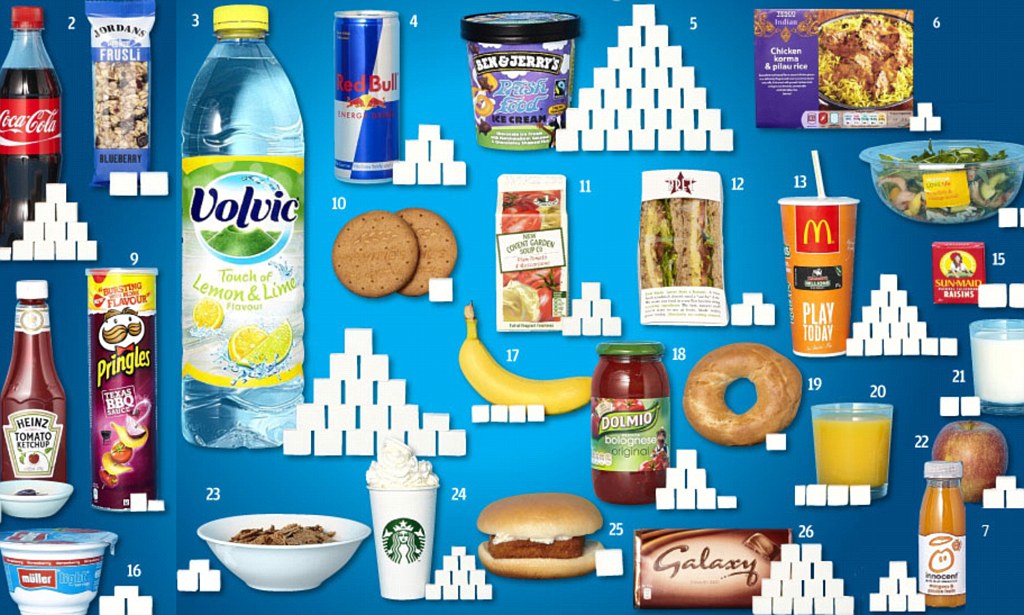
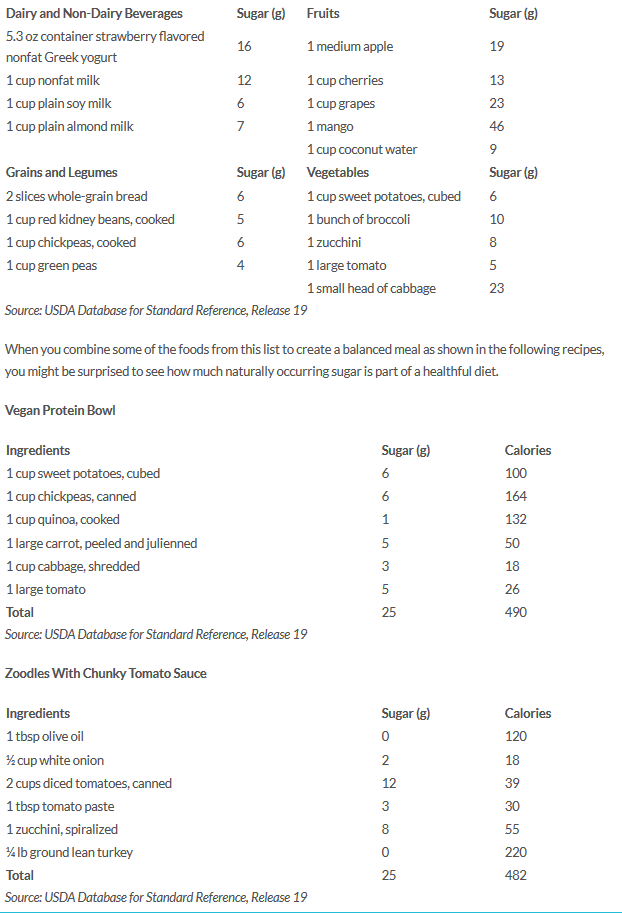

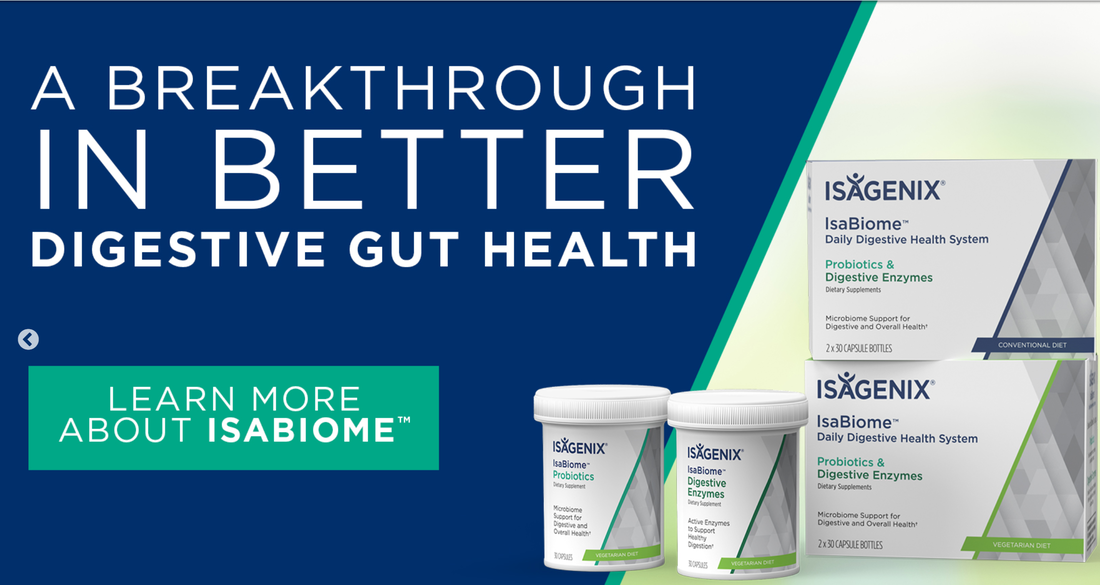
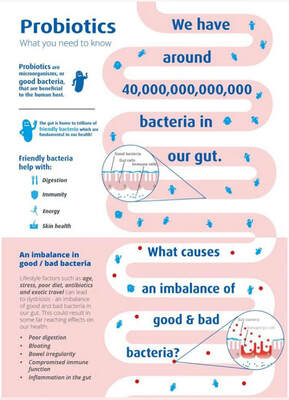
 RSS Feed
RSS Feed
